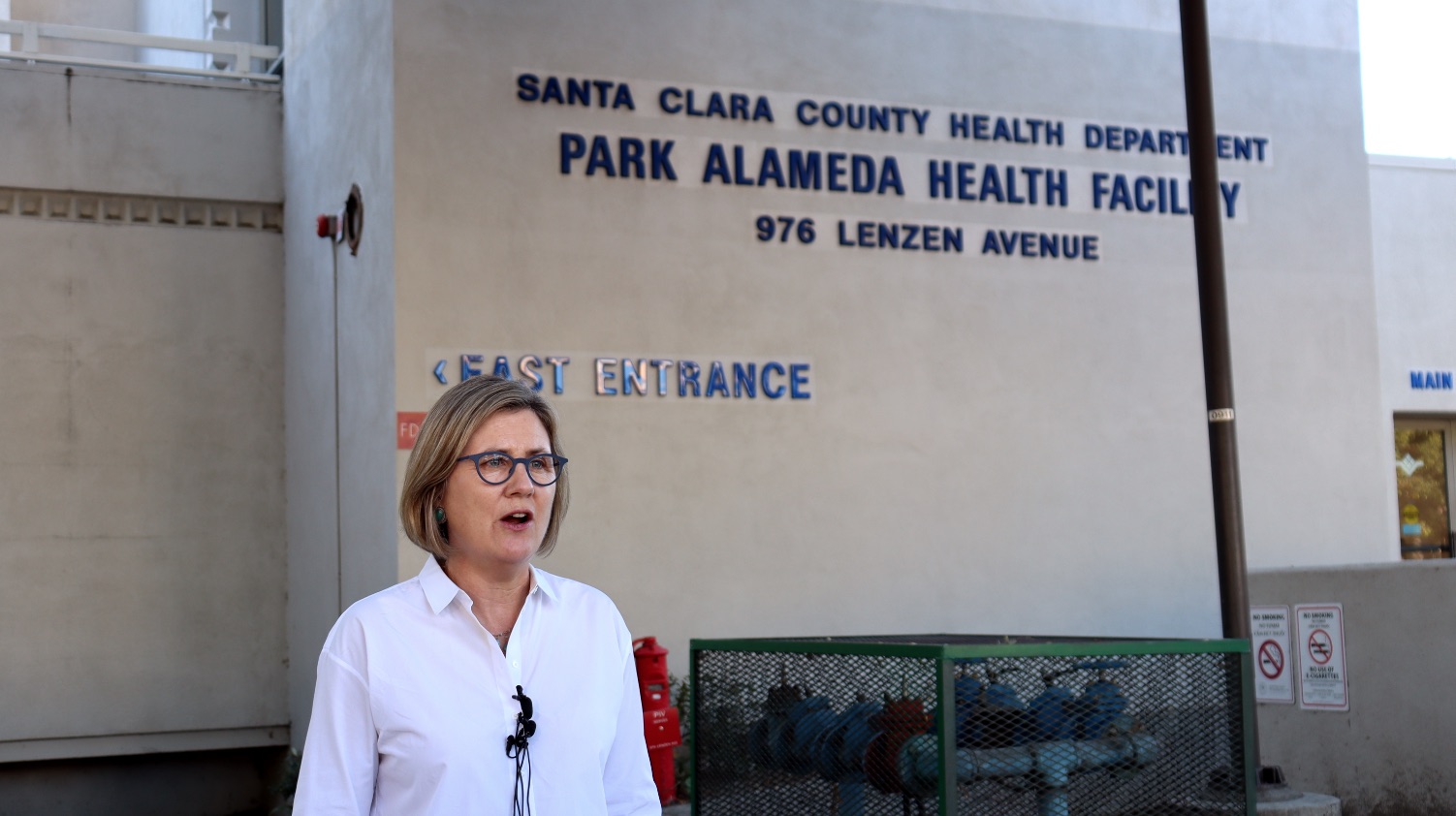Amid a new wave of preemptive power shutoffs by PG&E, San Mateo and Santa Clara County health officials are working to ensure those who depend on electric-powered medical devices know of and are prepared for the blackouts.
PG&E developed an opt-in program to identify patients with medical needs called the Medical Baseline Program, which currently has almost 200,000 customers across California. The utility said it would notify someone enrolled in the program in-person of impending outages if necessary.
The Public Health Departments of local counties use PG&E’s Medical Baseline list to identify citizens who require power for medical devices, often confirming whether PG&E has reached each customer on this list and working with citizens to create plans if a shutoff were to occur.
They’re limited with what they can do beyond that. There are at least 5,000 people in San Mateo who have enrolled in PG&E’s Medical Baseline Program, but less than 100 receive extra assistance, like transportation vouchers, to relocate to areas with power. None receive back-up power, like batteries or generators.
The select few that do get extra help are San Mateo’s legal responsibility, according to Preston Merchant, chief communications officer for San Mateo’s Health Department.
In Santa Clara, almost 13,000 people are enrolled in PG&E’s Medical Baseline, but according to County Health Officer Dr. Sara Cody, the county doesn’t have resources to provide them back-up supplies directly. They are working with citizens to make plans to relocate instead, she said at an Oct. 25 press conference.
Thus, the burden of having proper back-up for medical devices falls mainly on the individuals themselves. PG&E offers community resource centers that provide charging stations and water, but admits they are still in development.
“We understand that our community resource centers did not adequately meet the needs of customers,” said Melissa Subbotin, a spokeswoman for PG&E, referring to an early October planned outage.
PG&E may also provide batteries and hotel vouchers following discussions with a statewide nonprofit advocating for disability rights.
Another concern is reaching vulnerable patients not enrolled in Medical Baseline. In Santa Clara, Cody uses information from a U.S. Department of Health and Human Services database that identifies electricity-dependent Medicare patients in the region. This, combined with the list from PG&E is then verified with maps of where the expected power outages will be.

The Santa Clara Health Department also prioritizes groups based on urgency of needs. People with home ventilators or a left ventricular assist device, a life-saving implanted pump for heart failure, are first priority for notifications and planning and usually already have back-up supplies from their physicians, said Cody.
San Mateo is working to get a robust list, too.
“We’re always worried about anybody falling through the cracks,” said Merchant. They are cross-referencing PG&E’s list with information they receive from local subsidized healthcare programs to try to reach people most in need.
“Power outages are hugely disruptive for everyone and a public safety matter. This is all a new process and a challenge for everybody,” said Merchant.
*Editor’s Note: A previous version of this story stated that Santa Clara County uses “claims” data to identify individuals with at-home medical devices that require electricity. We’ve edited this story to clarify that the data is from a U.S. Department of Health and Human Services database that identifies electricity-dependent Medicare patients in a specific region.
